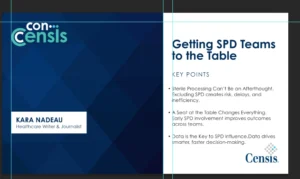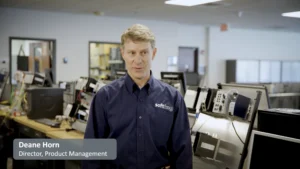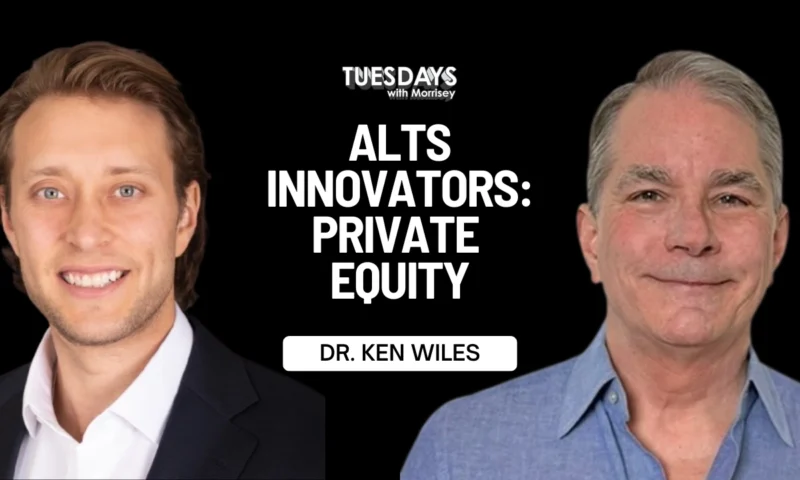Aftermath of Baltimore Bridge Collapse: Global Supply Chains Will Reroute Efficiently
The recent collapse of the Baltimore Bridge has triggered a flurry of concerns regarding the local economy and its integration into the national supply chain. This incident has not only affected immediate transportation and logistics but also posed long-term challenges for Baltimore’s role as a critical port node in domestic and international trade. As the city braces for a decade of construction in the aftermath of the Baltimore Bridge collapse, experts and stakeholders are keenly observing how these changes will ripple through local businesses and the broader logistics network. The decade-long reconstruction raises immediate questions about the resilience and adaptability of the broader logistics network in the United States. Yet, this disruption comes at a time when the logistics industry boasts unprecedented levels of adaptability and technological sophistication, suggesting that the impact, while significant, may not be as prolonged as feared.
What strategies can the logistics sector employ to mitigate the effects of such a major infrastructure project, and what can other cities learn from Baltimore’s approach to managing such disruptions?
Chris Timmer, CEO of Linnworks and a seasoned expert in supply chain logistics, provides a nuanced analysis of the situation in the latest episode of MarketScale’s roundtable Experts Talk. Drawing on his extensive background in technology and inventory management, Timmer offers insights into how the logistics industry can adapt to and compensate for the loss of a critical infrastructure component in the aftermath of the Baltimore Bridge collapse.
The main takeaways from Timmer’s analysis:
- Resilience of Local and Global Supply Chains: Timmer emphasizes that while the local economy may lag in recovery, global supply chains are poised to adjust and reroute efficiently.
- Short-Term Disruption vs. Long-Term Adaptation: Initial disruptions are inevitable, but Timmer forecasts a relatively quick adaptation period of one to two years.
- Capacity Building in Alternative Locations: The reconstruction may boost the capacity and efficiency of alternative ports as logistics redirect flows.
- Cost and Service Adjustments: Short-term costs and service disruptions are anticipated, but these are not expected to cause long-term damage.
- Overall Optimism for Adaptability: Reflecting on the sophistication of current supply chain management, Timmer is confident that the industry will navigate through these challenges without prolonged disruption.
Chris Timmer’s perspective sheds light on the dynamic and flexible nature of modern logistics systems, offering reassurance that the Baltimore Bridge collapse, while a significant hurdle, is not an insurmountable obstacle for the logistics industry or the broader economy.
Article written by MarketScale.










